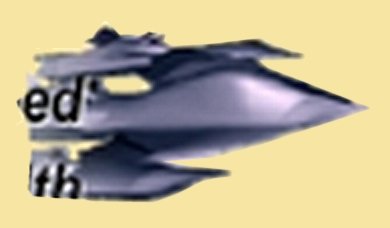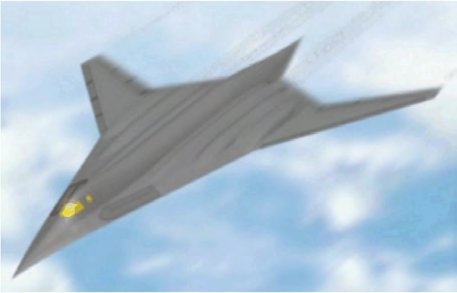Despite less than anticipated funding for fiscal year 2014, Secretary of the Air Force Michael Donley insisted that the new long-range bomber program is on track for the mid-2020s. The service’s senior civilian leader was reluctant to share any further program details when pressed by Washington, D.C.-based defense reporters April 23. Contract details are under review between Air Force and the Defense Department’s office of acquisition, technology and logistics, he said. The Air Force is “still a year or two away” from a down-select decision in the classified program, he said when asked if he could reveal more about the acquisition strategy and timetable. “On the acquisition strategy, I am not sure what we are going to say and when,” he said.
“There is no major message in the minor movement of dollars in FY 14. We are still committed to the program." The Obama administration has proposed $380 million for 2014, which is more than the $292 million in the 2013 budget, but less growth than anticipated, he acknowledged. “It grows in the out years and it remains one of our most important priorities. We need to get on with bomber modernization. It gets good and appropriate attention in the strategic guidance,” Donley said. As for what the aircraft’s capabilities will be, the service sees no reason to tip off potential adversaries. The public may never know. “We have not talked about B-2 capabilities in great depth. We did not reveal the existence of the B-2 program until it rolled out of the hangar,” he noted. The existence of the long-range bomber program is not shrouded in such secrecy, and its budget is not classified, he noted. “We are stable in terms of how we are approaching this project. There are no major changes in design or requirements,” he added. The Air Force wants a flexible bomber than can be used for other purposes such as communications, intelligence, reconnaissance and surveillance, electronic warfare and with different weapon systems other than nuclear. The bomber’s first iterations will be manned, but the Air Force may move toward optionally manned as the program moves forward building 80 to 100 aircraft, he said. As the long-range bomber program moves forward, the Air Force will have another senior executive to keep tabs on it. After nearly one year, the service has filled the principal deputy secretary for acquisition position. William LaPlante, who has worked for Mitre Corp., the Johns Hopkins Applied Physics Laboratory and served on the Defense Science Board will be nominated, Donley announced.
The position has been vacant for a year after the departure of David M. Van Buren, who held the position from April 2009 to March 2012. Sequestration, which will affect Air Force readiness later this year and into next, continues to be a concern as the Defense Department struggles with $50 billion in cuts this year however, modernization is still the “overarching challenge in our Air Force” for the next decade, Donley said. Just about every aircraft, mission area and weapon system needs upgrades. The Joint Surveillance and Target Attack System, or JSTARs, and a new jet fighter trainer to replace the T-38 Talon are not funded. “We know we need a replacement for the T-38, but the funds aren’t available to do that … We actually are not able to do what we know needs to be done,” Donley said.





